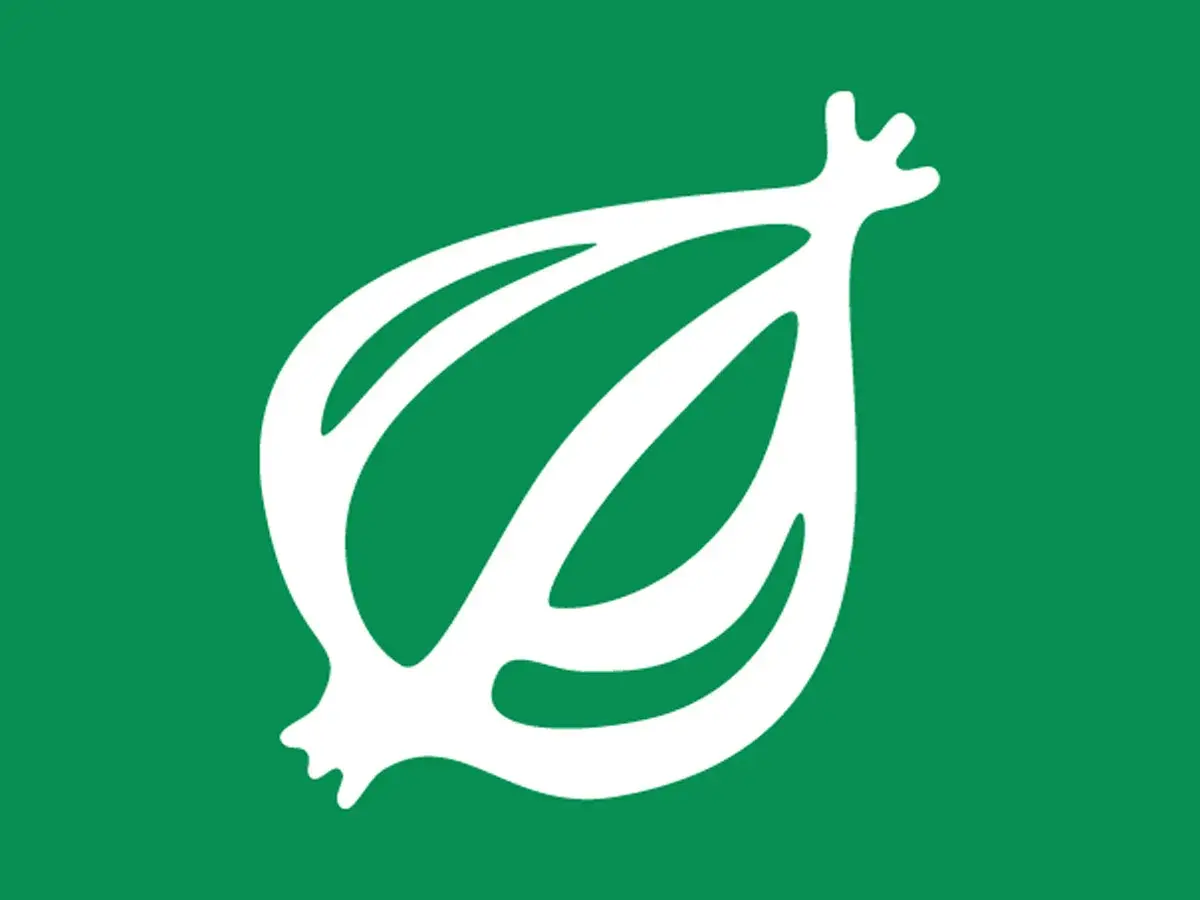

For me at least, it’s not that you’re asking questions. I answered, so obviously I’m sympathetic to confusion in this area. I’m just trying to encourage you to seek your answers in the documentation and manuals FIRST. The way your question was worded led me to believe that you had not read the manuals at all and were simply copying snippets of code and commands from some random question and answer style forum that did not teach you anything about the fundamentals of what those commands and code actually did. That’s fine too, lots of people started off that way, myself included. Reading the manuals gives you the context to step back and understand how those commands work and what they’re really doing. If you do, you’ll be much better able to troubleshoot your own problems, you’ll be able to ask better questions in forums like this, and you’ll get better and more useful responses.






Start with the man pages. Running the command man followed by a space and then followed by the command you’re using will almost always give you a man page of the basics of how that command works. The fstab has its own man page too. An internet search “man fstab” or whatever command you’re interested in should also net many mirrors of the those man pages as well.